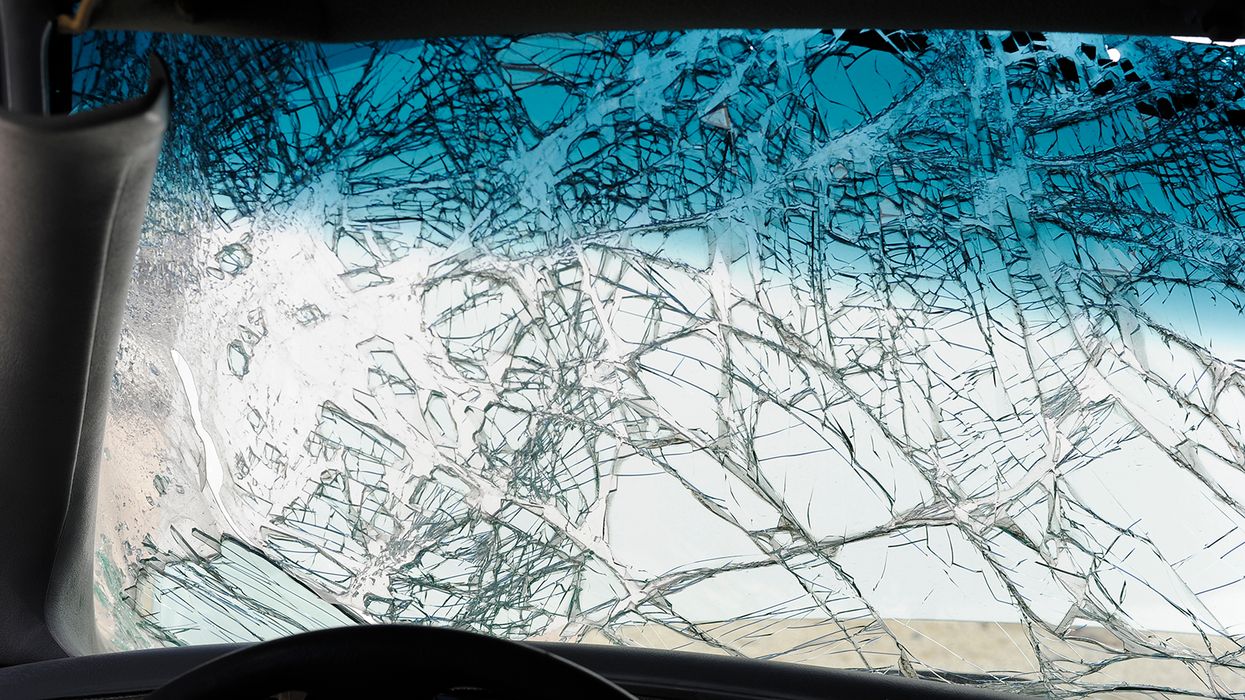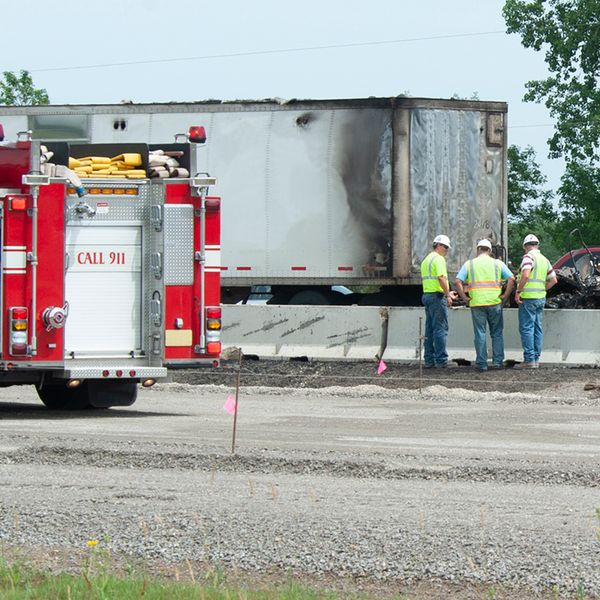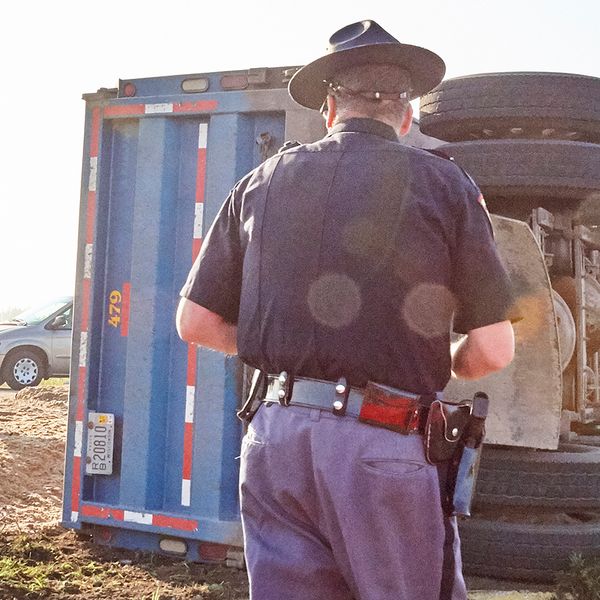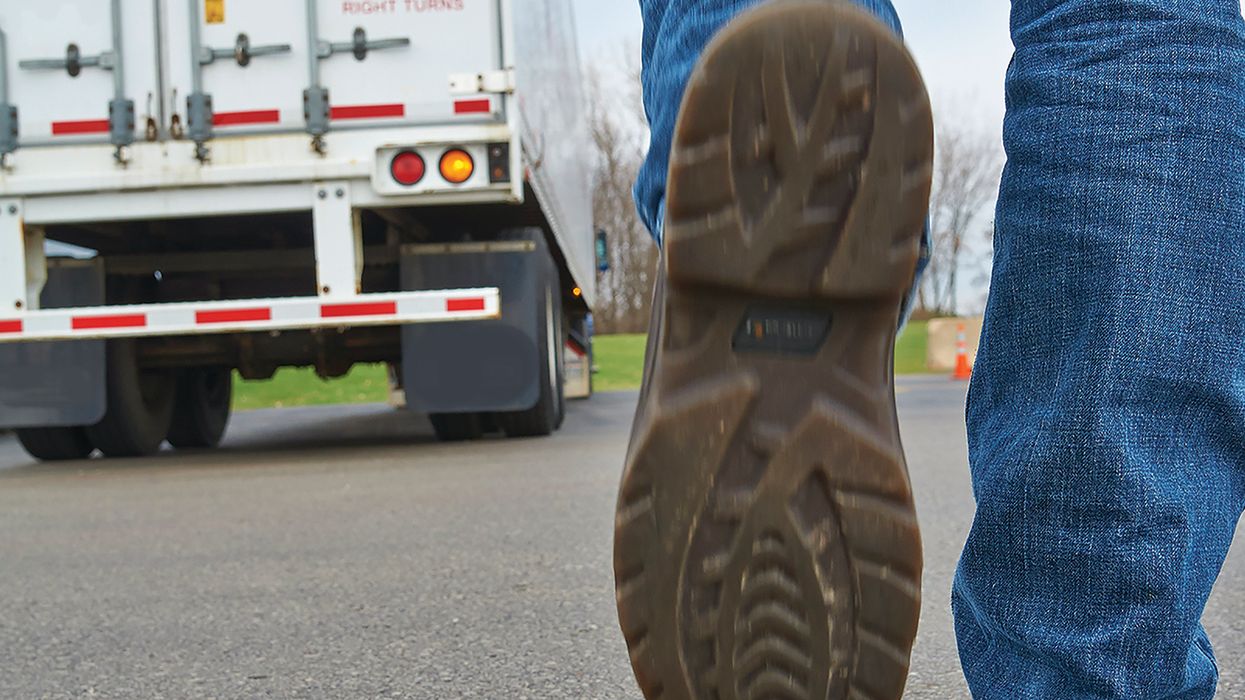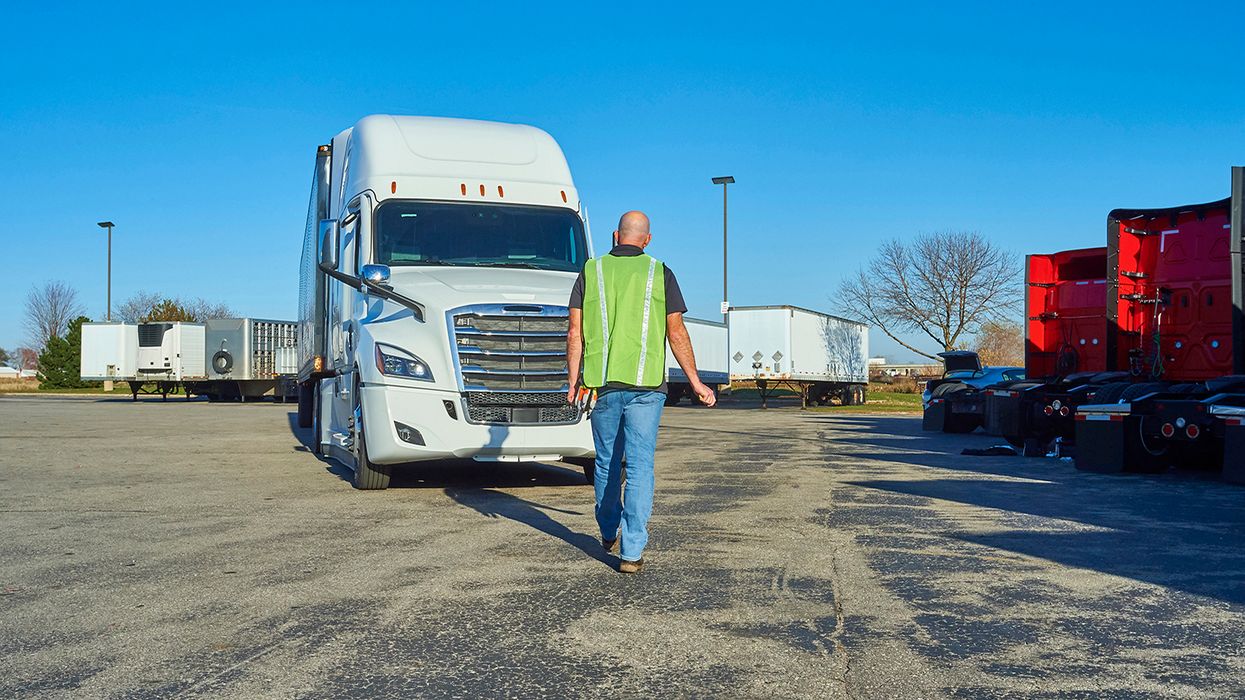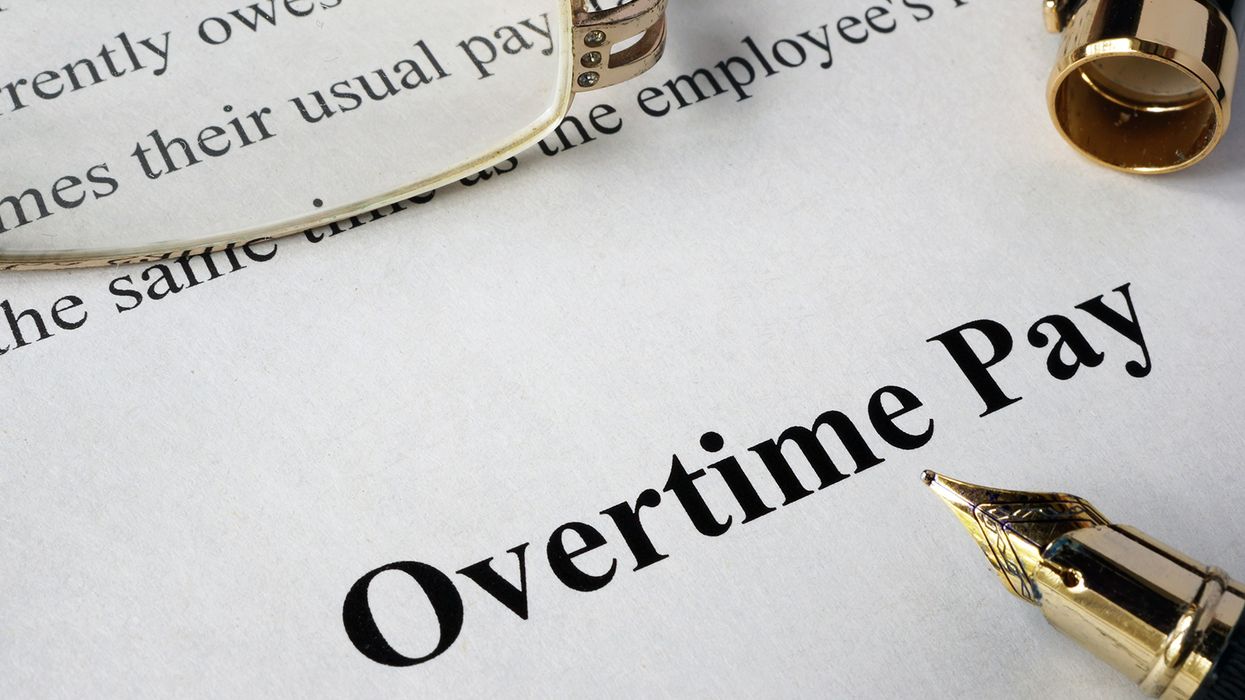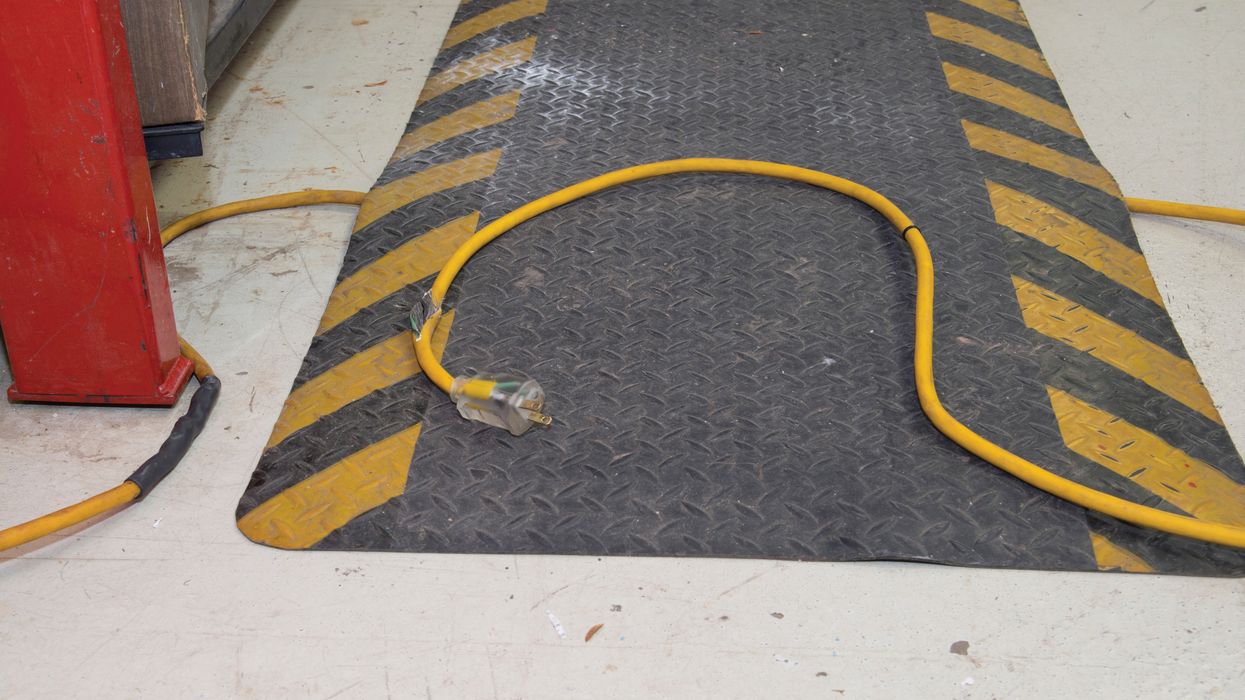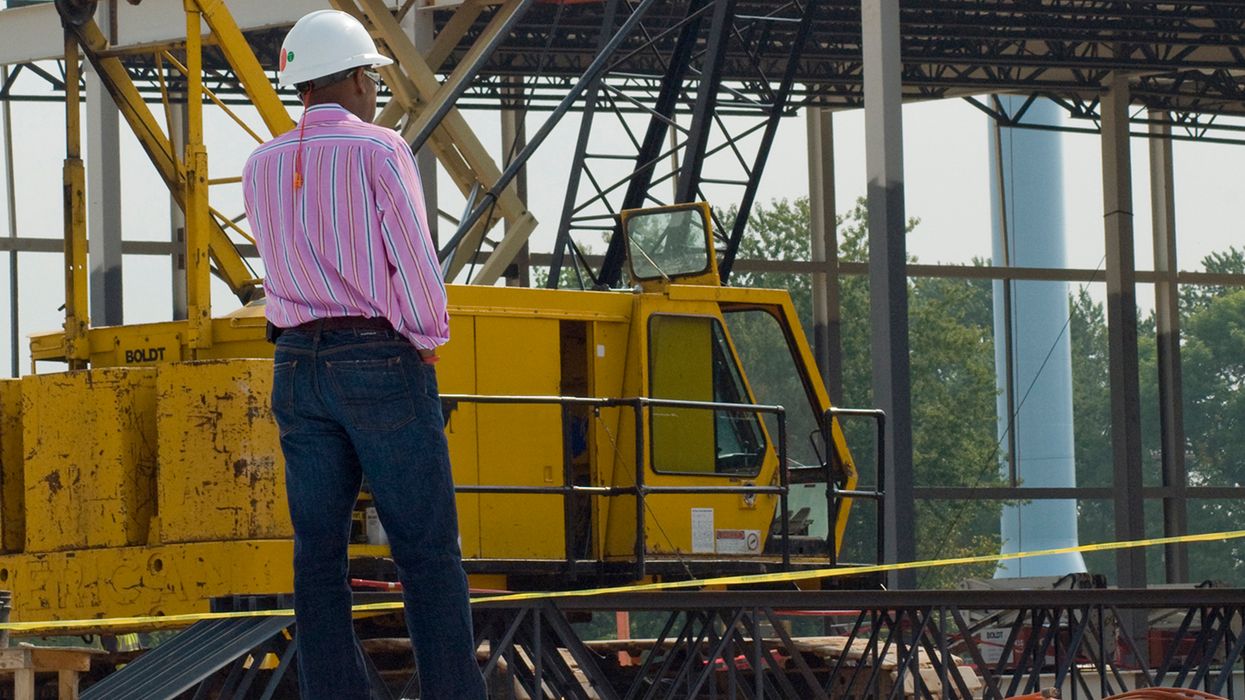Avoid ‘spoliation’ after a crash
A major motor carrier was recently caught spoiling evidence after a crash and will likely pay a hefty price at trial. Could your company suffer the same fate?
The incident
In May 2019, an independent contractor was making a delivery to a large distribution center. While waiting in his cab at the dock, he was called into the office to complete some paperwork. He exited the cab and walked toward the dock when he was struck by a trailer being backed into the neighboring slot. He survived — and is now the plaintiff in a pending jury trial — but remains confined to a wheelchair, having lost both legs in the incident.
Within hours, the company locked down the offending vehicle to preserve the evidence, but then made a series of mistakes:
- They allowed scheduled maintenance to take place on the vehicle, including brake and taillight replacement;
- They misplaced the vehicle’s last pre-trip inspection report completed prior to the incident; and
- They lost videos taken in the yard on the day of the incident.
Spoliation
The injured driver filed a “motion for sanctions for failure to preserve evidence,” and a federal judge in Florida ruled in his favor, finding that the company had indeed engaged in “spoliation.” Spoliation is the act of altering or ruining evidence that may pertain to legal action.
The judge ordered a common punishment for spoliation — the jury will be told they can assume the lost evidence was damaging to the company, increasing the chances of the company losing its legal fight.
What do the rules say?
Surprisingly, the Federal Motor Carrier Safety Regulations have no rules requiring the preservation of anything special after a crash besides an accident register and any crash reports (see 49 CFR 390.15).
Despite this lack of rules, preserving records and equipment after a crash is critical if there’s any chance of litigation (e.g., if there was an injury, fatality, or major property damage).
What to keep?
You’ll be expected to preserve any company, driver, or vehicle records that pertain to the incident, as they existed on that day. At a minimum, this includes your:
- Insurance policy;
- Driver’s qualification, personnel, accident, and payroll/tax files, including training logs;
- Driver manual and training manual(s) in use at the time and from when the driver was trained;
- Driver’s logs and supporting documents (bills of lading, receipts, etc.) for the day of the crash and the prior 30–60 days;
- Vehicle’s maintenance file and the condition of the vehicle;
- Data from the vehicle’s engine control module, electronic log, and any other “black boxes” that collect data;
- Images/videos from any on-board cameras;
- Post-crash inspection and repair records; and
- Dispatch records for the previous 30 days.
Retain counsel or do it yourself?
If there’s a reasonable chance of litigation, it’s best to retain an attorney (ASAP!) who specializes in motor carrier defense. They can provide guidance on the preservation of evidence and may even retain the records for you (and control who can see them).
If litigation is unlikely, you may choose to go it alone, but keeping copies of all documentation and materials related to the incident is still advised, just in case. Keep them until all threat of litigation has passed.
If your safety management controls are in good shape, the records should show that you’re a safe, compliant, and responsible company that suffered an unfortunate incident.
Key to remember: Even major motor carriers sometimes “spoil” evidence, a costly mistake. After a serious incident, be sure to preserve all records and equipment related to the company, vehicle, and driver to avoid claims of spoliation.

